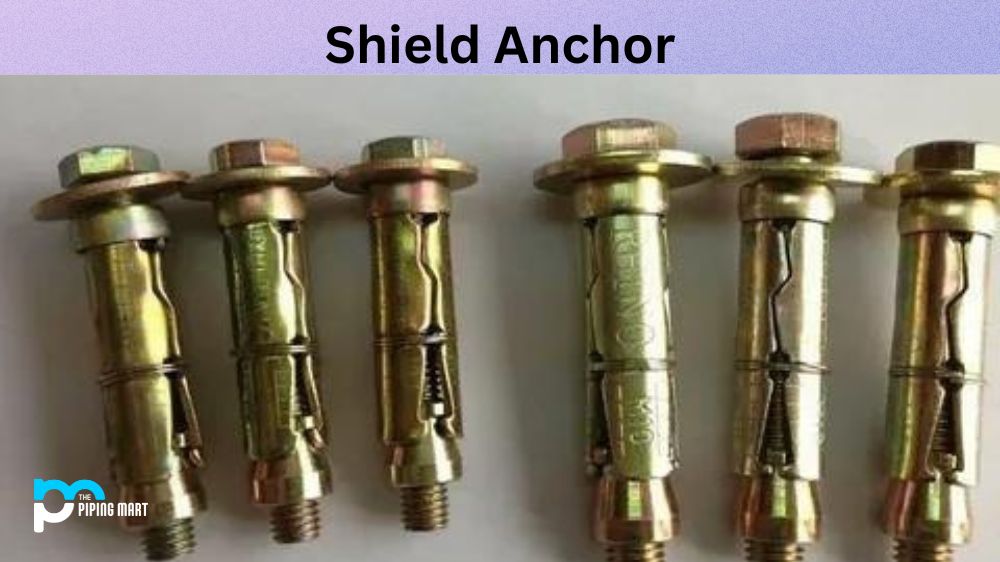When it comes to woodworking, a dowel screw is an essential component that helps tighten furniture joints and provides stability to structures. It is a long, cylindrical metal rod threaded on both ends, with a section of unthreaded wood or metal in the middle. As a fastener, the dowel screw acts like a bolt that can be screwed into two pieces of wood, creating a solid joint. This type of screw is versatile and has multiple uses, from reinforcing a table leg to holding two pieces of wood together. This blog will provide more information about dowel screws, including their properties, applications, and uses.
What is Dowel Screws?
Dowel screws are a type of fastener commonly used in woodworking projects. They feature a short metal screw with two pointed ends and a ridged head which allows them to be inserted into pre-drilled holes, securing the two pieces of material together. This makes dowel screws ideal for joining dense materials as they don’t require glue or nails.
Dowel Screws Properties:
Dowel screws are made of various materials, including steel, brass, and stainless steel, and can be coated to avoid rust and corrosion. They come in various lengths, ranging from 30 mm to 200 mm, with two diameters on each end. They have a pointed tip that makes them easy to screw into wood, and their tread pattern is sharp, which provides a tight grip. The unthreaded center part of a dowel screw is smooth and measures approximately two-thirds of its overall length. To provide better grip and control, these screws can also come in different shapes, including hexagon, square, and round.
Dowel screws Uses:
Dowel screws can be used for various purposes in woodworking, including joining two pieces of wood, reinforcing the corners of furniture, attaching legs to tables or chairs, and hanging cabinets or shelves. They can also substitute for standard threaded bolts and connect two materials that cannot be joined with regular screws. Additionally, dowel screws provide a more robust holding power than nails, making them an excellent choice for heavy-duty applications.
Dowel screws Applications:
The applications for dowel screws include woodworking, construction, metalwork, and manufacturing industries. In woodworking, they can be used in making cabinets, tables, chairs, and other furniture pieces. They are an ideal choice for building decks, patios, and pergolas in construction. In metalworks, they are used in welding and brazing applications. Finally, in manufacturing, they are widely used to produce toys, tools, and equipment.
How to use Dowel Screws:
Using dowel screws is relatively easy, and it is a matter of following a few simple steps. First, drill holes that match the diameter of the screws you are using. Then, apply a small amount of glue to the dowel’s unthreaded portion, screw half of the dowel into one wood piece until it stops turning, and do the same with the other wood piece. Finally, screw the two pieces together using the center portion of the dowel as the pivot. It is essential to avoid using too much pressure when turning the screws to prevent damaging the wood.
Dowel Screws Advantages:
There are several advantages to using dowel screws over other types of fasteners. Firstly, they provide more robust holding power, which results in improved structural stability for furniture and other structures. Secondly, they are less likely to damage the material because they do not require pre-drilling holes. Additionally, they are easy to install and do not require advanced skills or specialized equipment.
Conclusion:
Dowel screws are a versatile and essential fastener for applications in various industries. They provide non-destructive methods for attaching items and creating sturdy joints. Dowel screws are available in multiple materials, lengths, and shapes, and their simple design, ease of installation, and robust holding strength make them an ideal choice for woodworking projects and construction. As a result, they are an essential part of any woodworker’s toolkit and a fixture in the manufacturing and construction industries.
Sakshee is a talented blogger, with a particular focus on the Business and Metal Industry. She is passionate about sharing her insights on various metal products and helping professionals to make a better decisions.




